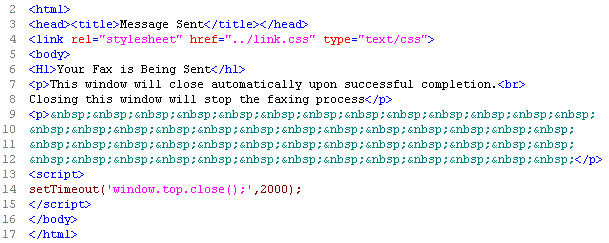Classic WTF - And I think I'll call it .... "Referential Integrity" !
by in Feature Articles on 2006-06-30One thing I absolutely hate about working with databases is when you have to use more than one table. Don't get me wrong, I'm usually able to shove all of my data in one table, but some times you just have no choice. Thanks to Jason Strate, I'm going to be prepared next time I use multiple tables. His colleague was able to figure out a way to ensure that no one goes adding rows willy-nilly. It's sheer brilliance!

 May 06
May 06